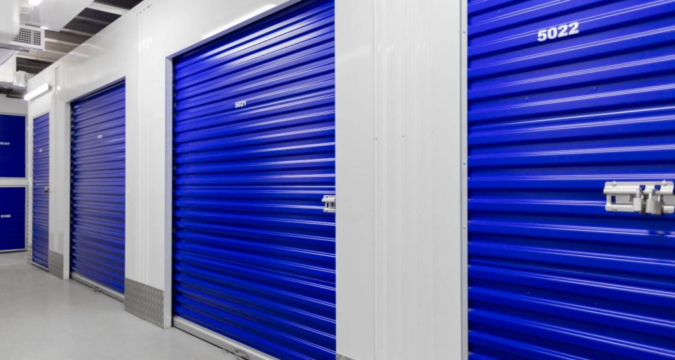
Selecting a document storage solution starts with observing how files are handled and stored on a daily basis. Different systems may suit different types of records. The following introduction outlines basic points to think about when comparing services or tools meant for keeping physical or digital documents in order and protected.
Check the volume of documents
Before choosing document storage in Dubai, it helps to assess how many documents are handled each week or month. Businesses that deal with frequent paperwork may want cabinets, filing systems, or large digital storage platforms. Smaller volumes might work well with folders or compact cloud storage solutions.
Think about access essentials
Some records are used regularly, while others are only accessed once in a while. Items that are retrieved often should be stored nearby or in systems that open quickly. Those used less often can be kept in off-site storage or digital folders that don’t take up space at the workplace.
Consider staff preferences
Employees might be more familiar with either digital or paper systems. Using a method that matches current work habits helps avoid confusion. If a team is used to physical files, then adding a simple digital solution gradually can support their process. If staff already use digital tools, online storage may fit more easily into their routine.
Review safety and privacy practices
Some documents contain personal, legal, or financial details. For these, safety is part of the planning process. Cabinets with locks, digital files with passwords, and access controls can help protect private records. Storage methods should match the level of care the documents demand.
Look at how long items are kept
Short-term and long-term storage may involve different approaches. Temporary records might only be kept for a few weeks. These can be stored nearby in folders or drawers. Permanent files should be archived properly either on shelves or on external digital drives.
Check available resources
Storage choices depend on the tools, time, and staff available. Some methods entail more equipment or steps to manage. Others want regular checking or backups. It helps to match the storage type with what the business already uses.


